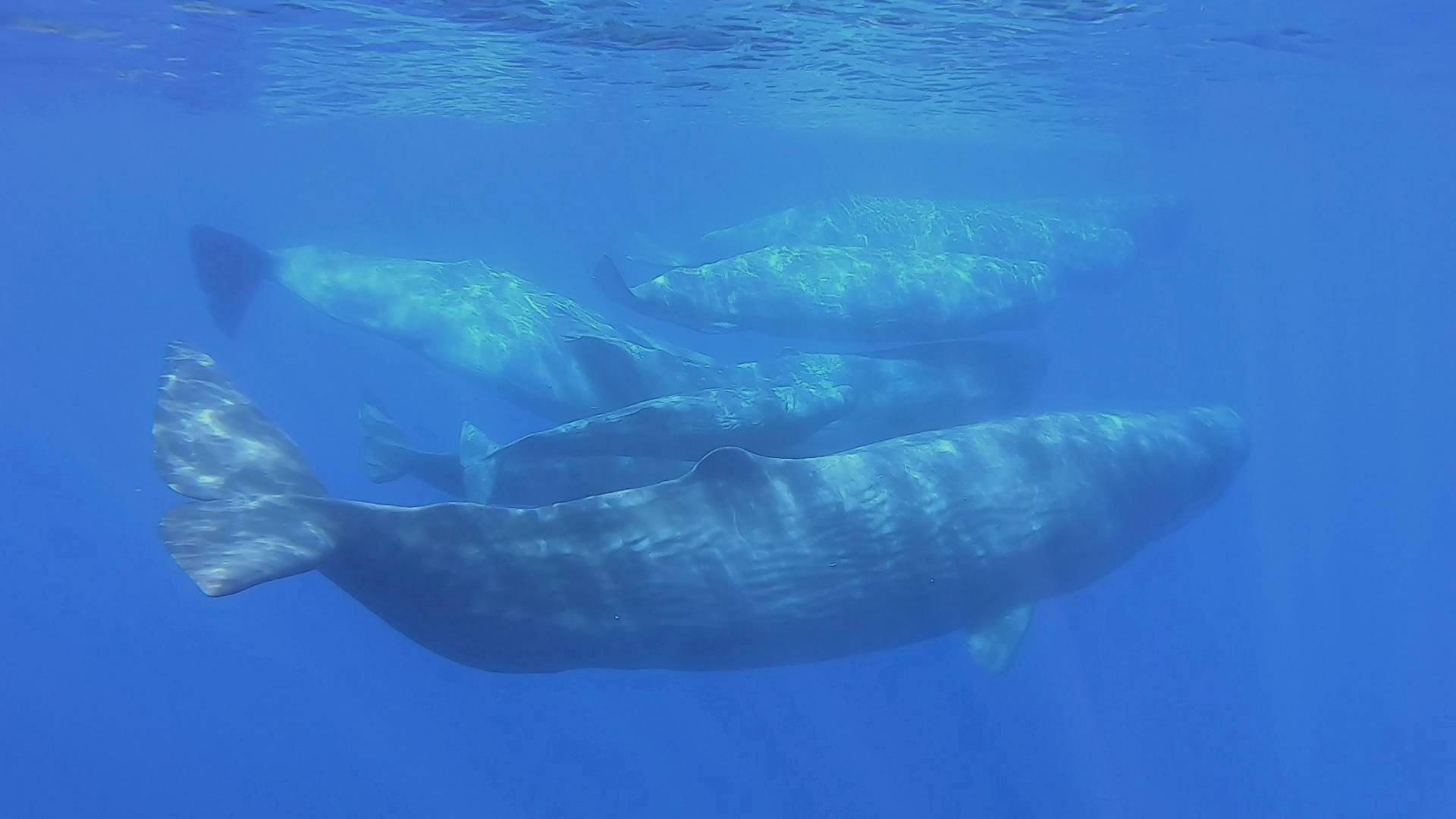Some of the most awe-inspiring animals on Earth, whales have loomed large in culture and as a symbol of natural conservation.
Still, these giant creatures face a number of threats, from ship collisions and noise pollution, to commercial whaling. Japan is one of the few countries to still hunt the animals commercially, with minke whaling for the year commencing last week.
But beyond concerns over the impact of reduced whale populations on marine ecosystems, there’s now increased attention being paid to the role they have in helping the fight against climate change.

















With your current subscription plan you can comment on stories. However, before writing your first comment, please create a display name in the Profile section of your subscriber account page.